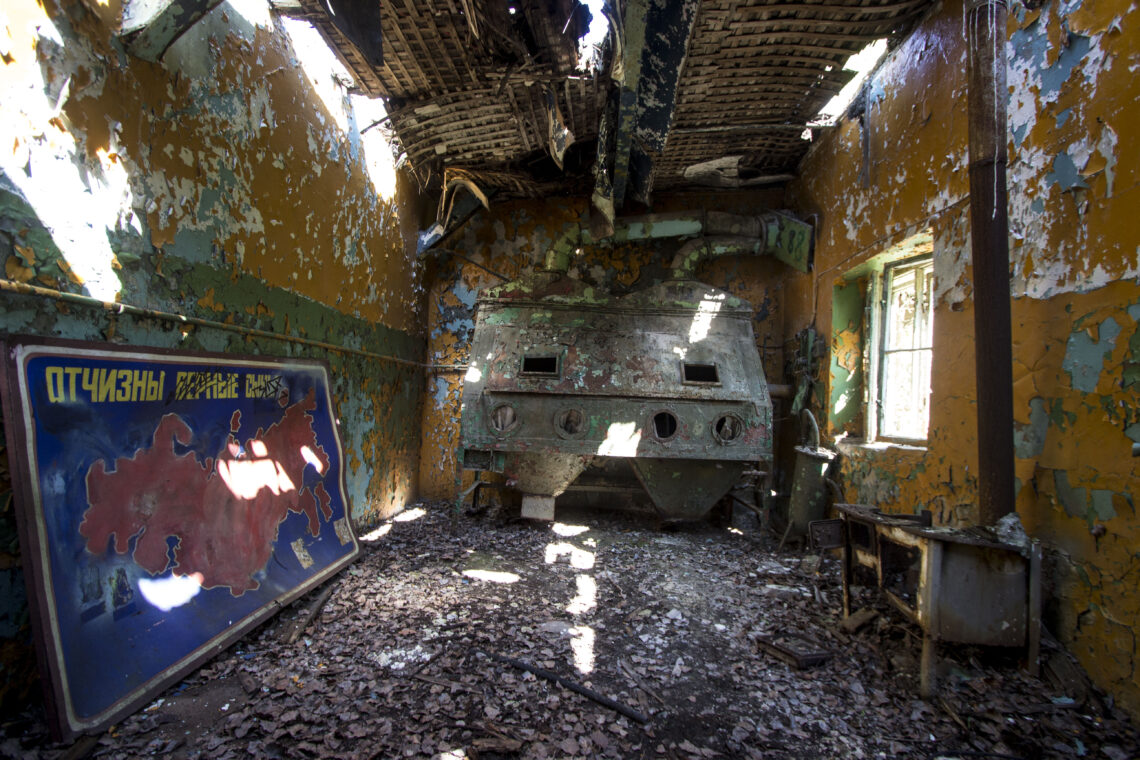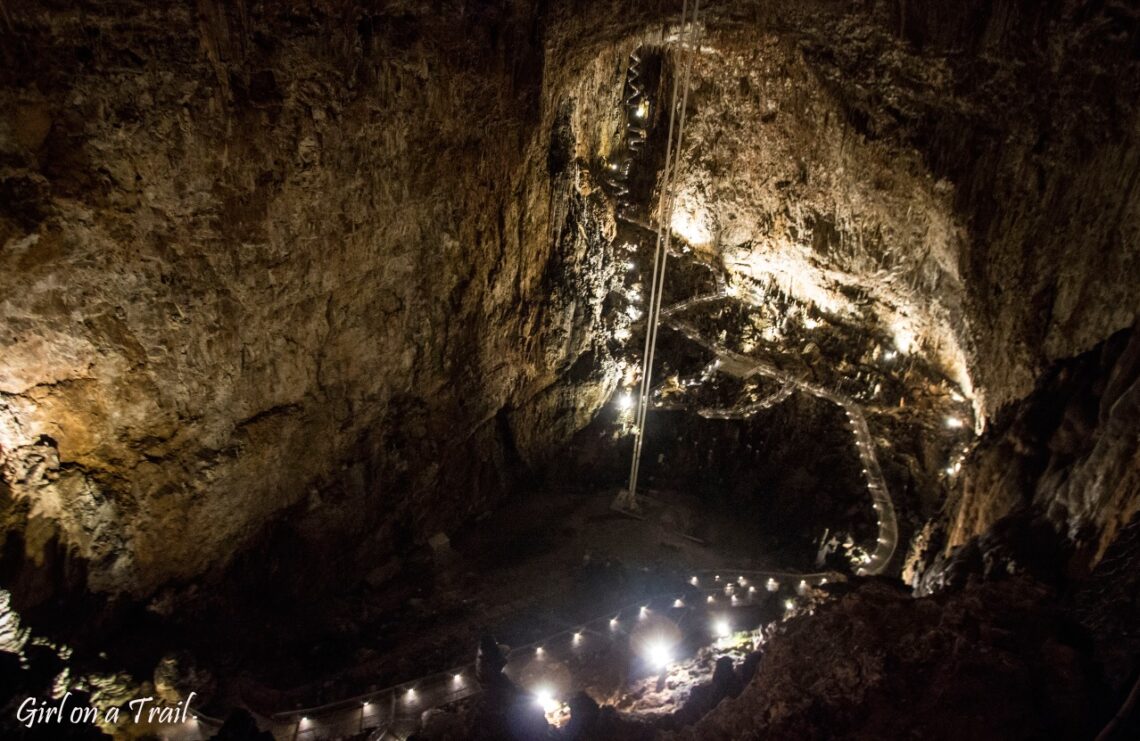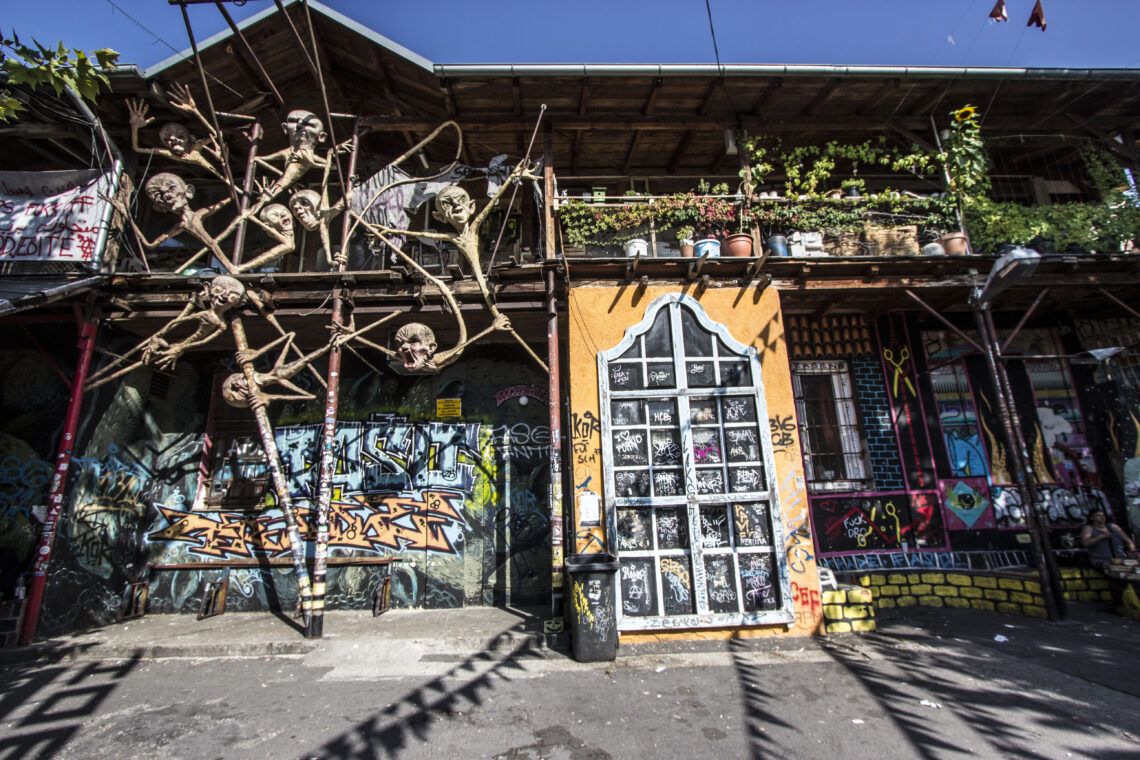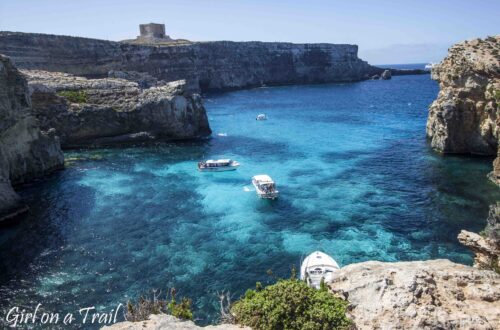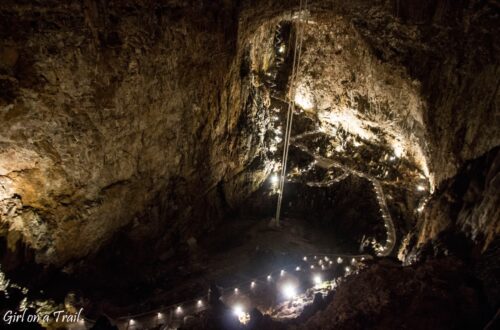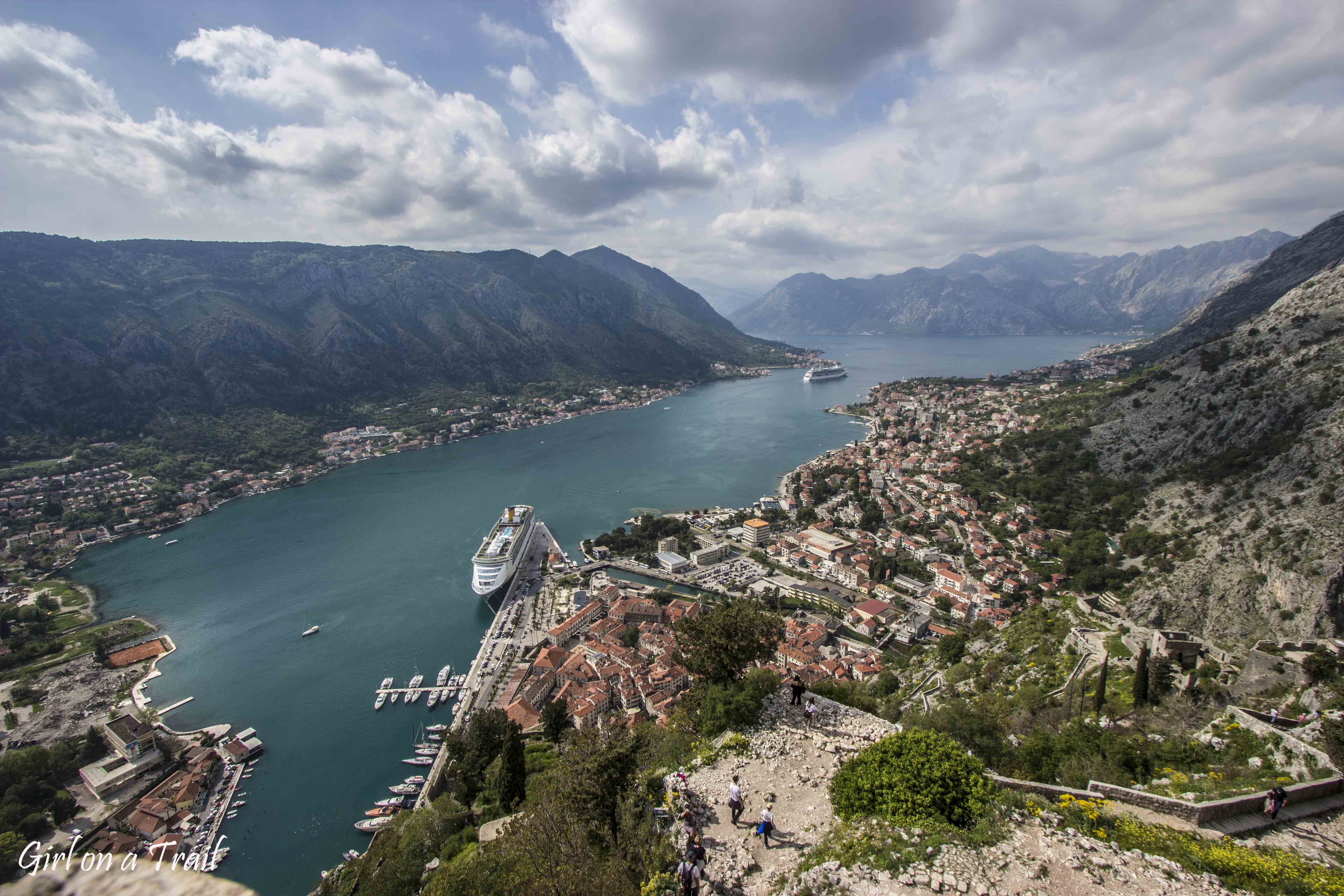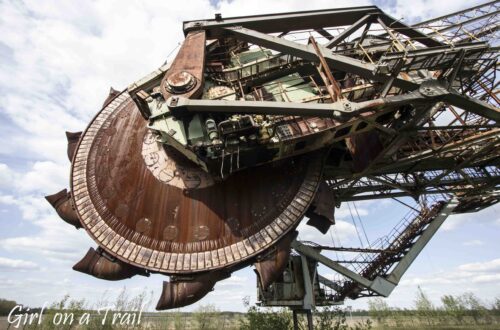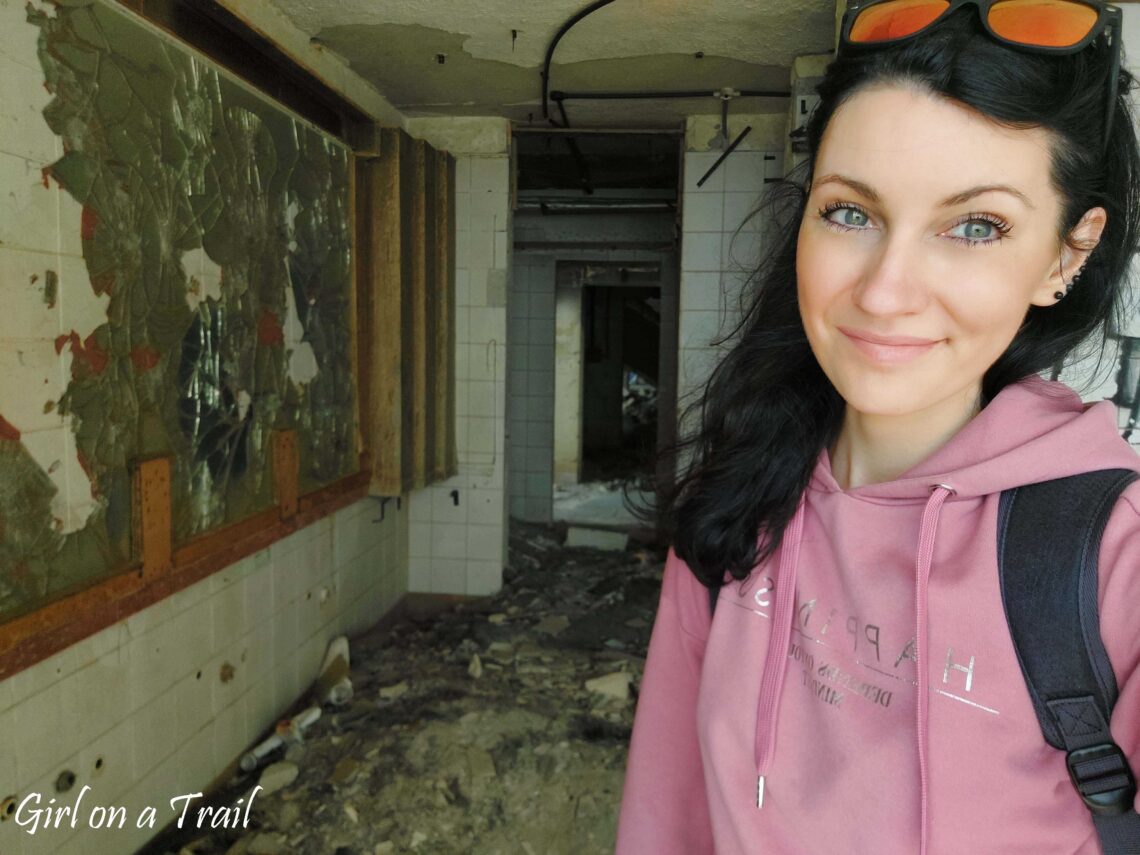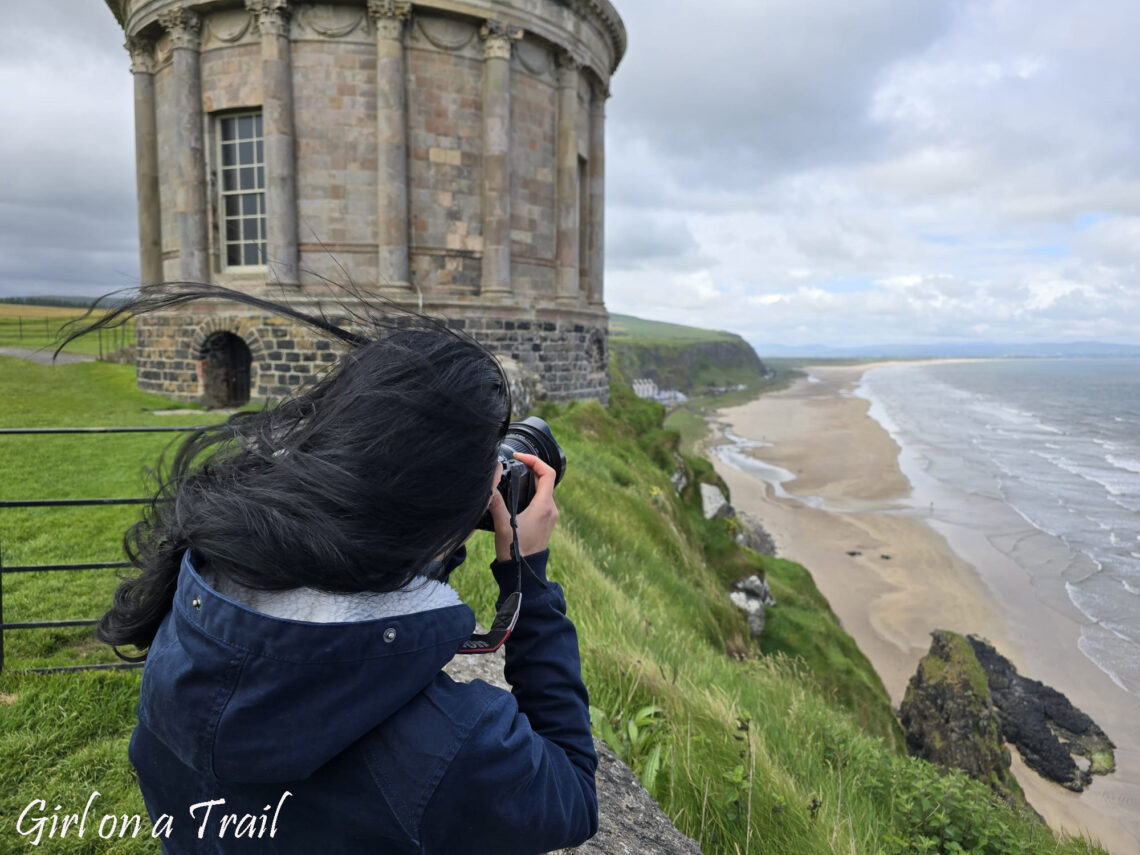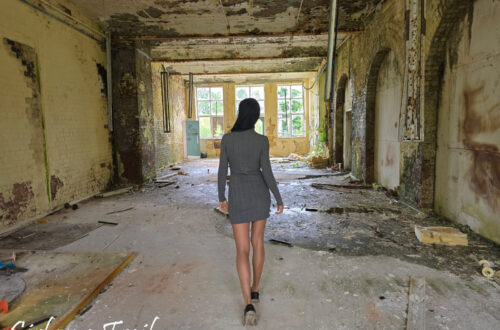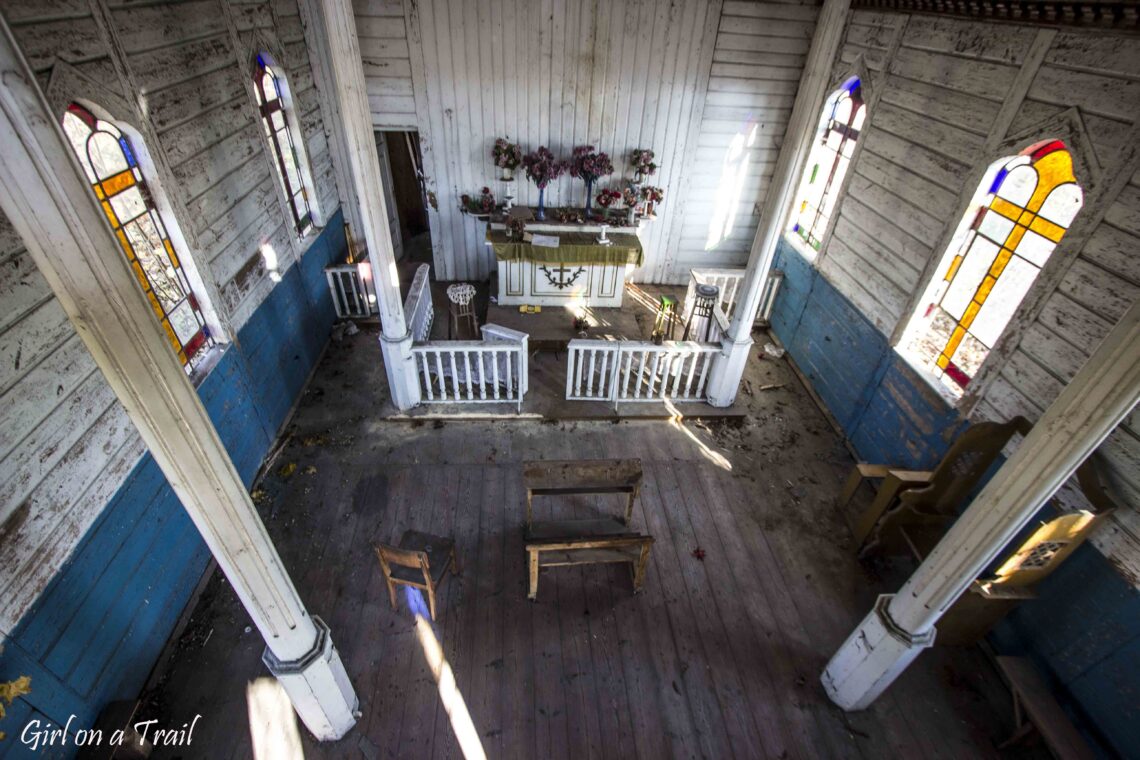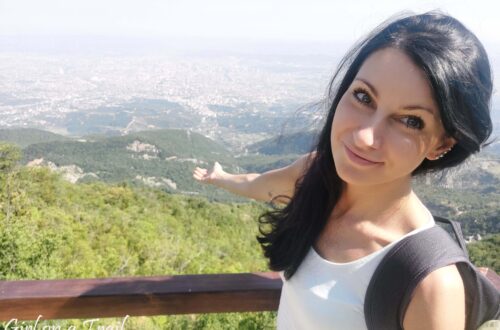Europe
-
Rangsdorf Airport – from Operation Valkyrie to Operation Urbex
Rangsdorf Airport, opened on 30th July 1936, just before the Summer Olympics in Berlin, was initially intended to serve passengers arriving for the Olympics. It was a small airport with a grass runway, primarily meant for sport and recreational flights. However, its history quickly took unexpected turns. Wartime Fate of Rangsdorf Airport After the outbreak of World War II, from October 1939 to March 1940, Rangsdorf became Berlin’s main airport. Authorities feared that Tempelhof Airport would be a major target for bombing raids. Ultimately, Tempelhof resumed its function, and Rangsdorf was converted into a military facility used by the Luftwaffe. From 1939 to 1945, the Bücker Flugzeugbau plant operated here,…
-
Trieste and the Giant Cave: a Mountain of Steps, a Sea of Experiences
Grotta Gigante is one of those places that sticks in the memory. Initially, I hadn’t planned to visit it, but I stumbled across it on a map and… well, who could resist a cave proudly calling itself “the largest tourist cave in the world”? There was just one problem: officially, I wasn’t supposed to leave Slovenia. When I rented the car, I declared I wouldn’t cross the border, but plans are made to be changed. Foolish and risky as it was, I decided to follow my heart—and take full responsibility if anything went wrong with the car. The result? Every step down into this cave was completely worth it. Grotta…
-
Central Albania – Cape Rodon, Durrës and Tirana
I started the route towards central Albania in the town of Teth. The first point of my trip was Cape Rodon, also known as the Cape of Skanderbeg. This is definitely a place you must visit while being in Albania. Actually, I could point out three reasons why it’s worth coming here. The first are bunkers, which I wrote about here. The second one is the castle built by Skandenberg in 1452, to defend against the Ottoman Empire. Although it was a hiding place for Skandeberg for a while during the siege of Kruja in 1466, it was destroyed by the Turks only a year later. Currently, only the remains…
-
Ljubljana – a slightly psychedelic city of dragons
Ljubljana is one of those cities that’s impossible not to like. Time seems to move slower here, and instead of the traffic jams and rush typical of other European capitals, the city charms with its intimate, relaxed atmosphere. The city’s most iconic landmark is the Dragon Bridge (Zmajski most). It was built to replace an old wooden bridge that collapsed during an earthquake in 1895. Initially, the plan was to decorate it with winged lions, but in the end, four dragons took the stage. Local legend has it that if a virgin crosses the bridge, the dragons will wag their tails. In practice? Well, let’s be honest – traffic on…
-
Car cemetery
Car cemetery had been on my list for some time however I didn’t expect fireworks when I got there. I suspected that this place would be largely looted. Meanwhile, I saw a hundred cars from the 1960’s, 70’s and 80’s in various degrees of disintegration. It’s sad to see all of them slowly rusting and falling into increasing disrepair. Some of them have been dismantled, but there’s still a lot to see. Such a collection must have been a huge treasure in the times of socialism. Many drivers dreamed of such cars back then. The choice is wide: Fiats, Skodas, Syrenas, Mercedes and Opels. Fiat 126p cars lined up neatly…
-
Malta – The Fortress Island, Girl on the urbex trail!
Malta is called the “Fortress Island.” At first glance, it’s evident that the island’s architecture has a defensive character. High fortifications, citadels, and forts are reminiscent of the times of the Knights of Malta as well as the British era. Throughout its history, Malta was under the rule of the Phoenicians, Carthaginians, Romans, Arabs, Normans, Aragonese, Crusaders, French, and British. Finally, it became an independent country only in 1964. Today, we can see numerous traces from the times of the Knights of Malta, as well as from the period of World War II. The Knights of Malta gained control over Malta in 1530 from Charles V of Spain. From that…
-
The Causeway Coastal Route – Northern Ireland
The Causeway Coastal Route in Northern Ireland is one of the most beautiful scenic drives in Europe. This picturesque road stretches almost 200 km, winding through cliffside coasts, green hills and the historic castles of the Emerald Isle. Mussenden Temple – the first stop on the way The first stop is the picturesque Mussenden Temple. This remarkable structure, inspired by Roman temples, was commissioned by a wealthy earl who wished to create his private library here. From the outset, Mussenden Temple has captivated visitors not only with its architecture but also its spectacular cliff-top location. Unfortunately, this location carried the risk of erosion and potential collapse of the building. In…
-
Abandoned chapel – Girl off the Trail
The chapel was built in the early 20th century. At first glance, its appearance suggests it’s a Catholic, but in reality, it belongs to the Mariavites. Mariavitism emerged from the Roman Catholic Church in 1906 and is closer to Orthodoxy Church. Currently, it’s estimated that around 20,000 people in Poland practise this religion. The chapel looks quite modest, similar to wooden constructions often seen in places like the Bieszczady Mountains. However, its discreetness is actually an advantage, allowing it to remain unnoticed. Although a lot of time has passed, the chapel makes an amazing impression. White and blue wooden walls give it a celestial character. Stained glass windows create a…
-
Southern Albania – a ship in a field and a thousand windows
I start my exploration of southern Albania in quite an unusual way – with a ship docked far from the sea, right in the middle of fields. This extraordinary sight resembles the Titanic in the Atlantic and is an evidence of the boundless Albanian imagination. Berat – “The City of Thousand Windows” In Berat, I stop for a moment to explore the castle ruins. Although little remains of the castle itself, its walls and the surrounding landscape create an incredible atmosphere. However, this is not the end of the attractions in this town. Berat is called “The City of a Thousand Windows,” and the name seems to fit it perfectly.…
